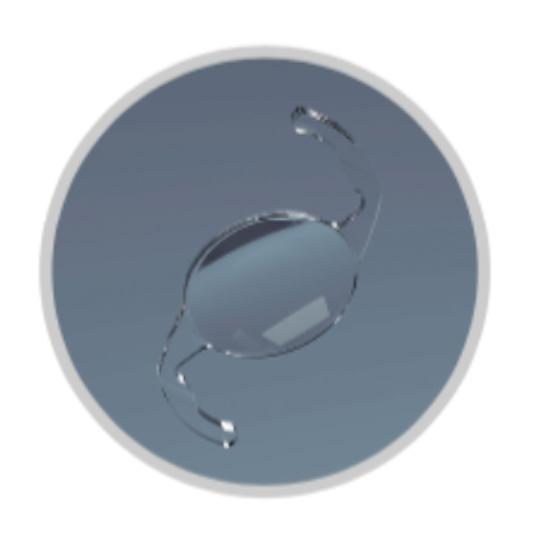
The combined spectra were then integrated with the spectrum of a typical light source over the 380 to 700 nm wavelength range in narrow 10 nm steps. In the preclinical assessment, light transmission curves for colorless, VLF, and blue light filtering (BLF) IOLs ( Figure 1) as well as action spectra for scotopic vision performance, ROS formation, and melanopsin function were obtained from the published literature. We hypothesized that a chromophore with a steep cutoff that filters violet light below 450 nm and retains blue light between 450-500 nm could achieve many of the benefits of broad high-energy light filtration while reducing potential unwanted side effects.

Related: Visual outcomes of small-aperture IOL implant in post-laser refractive eyesĪssessment In a pair of studies presented at AAO 2020, we evaluated a violet light-filtering (VLF) chromophore in preclinical computer simulation testing as well as in a randomized clinical study. We therefore concluded that it was important to consider specific wavelength ranges of light filtration and not just approach the concept as a broad swath of non-specific high-energy light filtration. There is some overlap in the positive and negative effects of specific wavelengths, so it is important to filter as much unhealthy light while preserving as much healthy light as possible.

While filtering high-energy light can improve patient outcomes and prevent reactive oxygen species (ROS) formation, it can also have a negative impact on scotopic vision and melanopsin function (important for circadian rhythm entrainment). 2 We described how light has wavelength-specific effects on aspects of ocular and systemic health.

Study In a recent publication, my colleagues and I reviewed the literature on violet- and blue-light filtering chromophores. While all IOLs block ultraviolet light, there has long been controversy about the preferred visible violet and blue wavelengths to block, if any. Chang's interview on this presentation Special to Ophthalmology Times® IOL chromophores are designed to filter transmission of a portion of the light spectrum, typically the short wavelength, high-energy ultraviolet, violet, and/or blue light that causes greater light scatter and retinal phototoxicity. Chang, MD, to share some data that he recently presented at the virtual American Academy of Ophthalmology (AAO) on a new violet-filtering IOL chromophore.

A note from Cynthia Matossian, MD, FACS, ABES: From time to time, I will invite a guest blogger to share topics of interest in this space.Today, I have asked Daniel H.


 0 kommentar(er)
0 kommentar(er)
